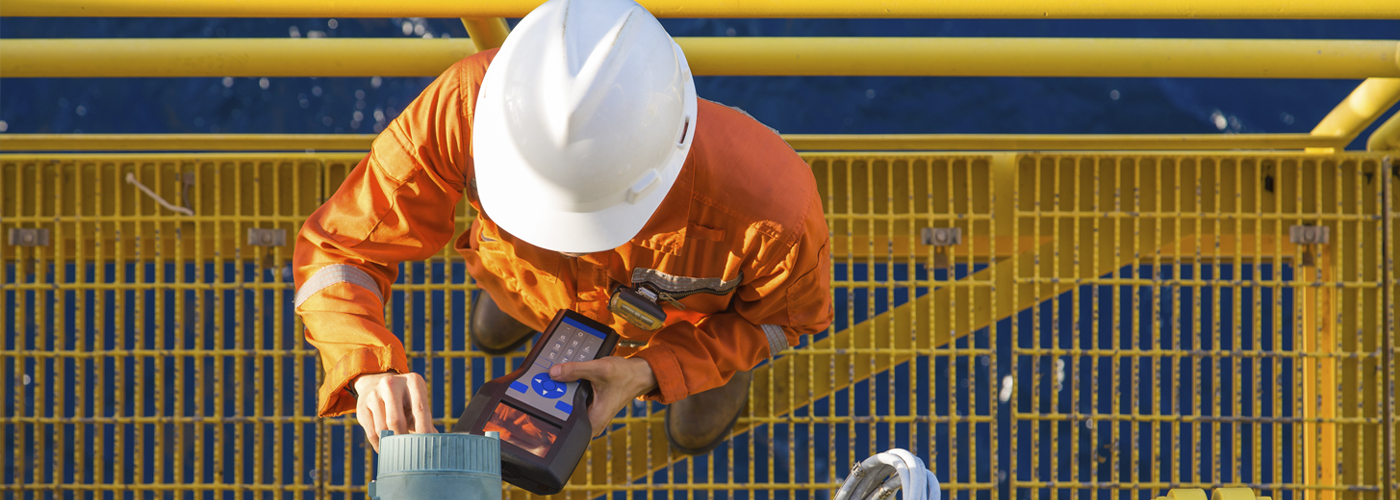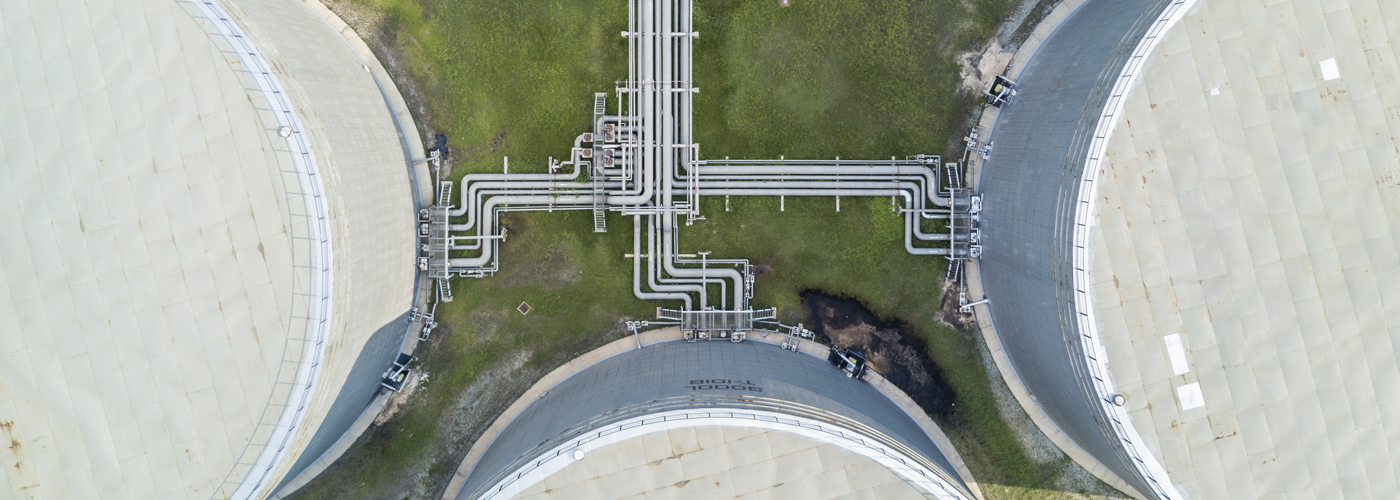Responsible waste management and decreased waste generation is an important component to our environmental objectives. Our waste minimization guidelines prioritize best practices and clarify responsibilities for sites to manage and reduce waste. Additionally, it is important for us to take a site-specific approach to waste reduction, as waste classification and regulatory requirements vary by location and must be localized to ensure compliance.
Reducing our waste has many direct and indirect benefits, such as increasing material efficiency, diminishing raw material purchases and reducing our Scope 3 footprint. In Visp, for example, a waste reduction project led to a smaller amount of waste treated externally through a high-intensity energy treatment, thus avoiding emissions and reducing our water consumption.
Our waste minimization plan
We are building waste management plans throughout the company.
We use a centralized global data system and process to capture and manage environmental data from our manufacturing sites. This data reviews the links between activities, materials, products, supplies used and the waste generated. We then apply Arxada’s prioritization scheme that considers regulatory requirements, risk reduction, and environmental benefit (amongst other factors).
Once suitable waste streams for reduction have been identified, our sites turn to our waste minimization hierarchy to identify and achieve sustainable waste reduction.
[1] Recycling includes composting but does not include incineration.
To ensure our waste management is aligned with regional regulation and industry best practices, while considering newly available technological solutions, our site teams periodically review the performance of waste management practices to implement updates and changes. Waste data is collected quarterly and reported annually through this report.
Waste management in action
The classification of waste as hazardous or non-hazardous at our facilities depends on the applicable regional regulations. We frequently look to implement industry best practices to minimize our total waste footprint and turn hazardous waste into non-hazardous waste.
Arxada’s waste footprint
In 2022, as part of our ongoing process optimization work, we discovered some of the hazardous waste we produced in Visp (Switzerland) can be sent to an external waste treatment plant for further purification. By using separation technologies like distillation, we can extract some of the often expensive and GHG intense solvents from the waste to recycle and reuse in our processes. This allows us to keep materials in the system longer, reducing raw material purchasing costs, reducing our carbon footprint and supporting circularity in our processes. Equally, the separation technology allows us to extract water from the waste, which is sent to a treatment plant and released back into the local water body. We now send significantly less material to the external waste treatment plant, allowing us to reduce our hazardous waste in Visp by 13,900 t and reduce water consumption.
Looking forward to 2023
To continue driving sustainable waste reduction in 2023 and beyond, all our sites will work to develop waste reduction plans following our guidelines on waste minimization. Where further prevention and reduction of waste is not possible, we will continue our path towards circularity, as we look to explore alternatives for the by-products created in our processes. This includes reusing them in our own operations or selling them to other companies who use these materials in their processes. Equally, we will continue to reuse and recycle materials where possible, minimizing resource consumption and working towards a more circular way of operating.
Implementing safe working conditions in new sites
As part of our merger with Troy Corporation in 2021, we added a manufacturing facility in Newark (NJ, USA) to our site portfolio. Following an evaluation of the site, we established that almost 2,000 containers of material were congesting the operational flow and impacting its safe operation.
In 2022, we extracted approximately 2,500 pallets of material from the site. This has allowed us to create more onsite storage space and safer working conditions for our employees. They can now pass through the facilities without obstruction, allowing the safe passage of forklifts and individuals through the facilities. This is particularly important as there is a potential for flooding, which could cause additional health and safety concerns in the event of improperly stored and secured material. For 2023, we plan to remove the remaining 500 pallets of material from the site.
Implementing wastewater treatment to improve efficiency & reduce costs
In 2022, our facility based in Rochester (NY, USA) began working to implement manufacturing process upgrades for ongoing compliance with wastewater regulations for the local county’s pre-treatment facilities.
In 2019, the New York State Department of Environmental Conservation (NYSDEC) announced a new limit for wastewater discharge. Since then, we have been working with the state and county to ensure our Rochester site's safe and lawful operation. In 2023, to adhere to the new limit, we are rolling out a program that allows us to improve the monitoring of key wastewater parameters, reduce the generation of hazardous waste and streamline operational tasks.
To reduce the generation of hazardous waste, we are installing new equipment that acts as a waste concentrator, allowing us to extract organics from our wastewater. This reduces the process’ hazardous waste by 115 metric tons annually and recycles the water back into the process.
Additionally, by installing a new online analyzer for process control, we will be able to reduce organics in wastewater, improve the yield of our process, and reduce the use of materials in order to decrease our annual material costs.

